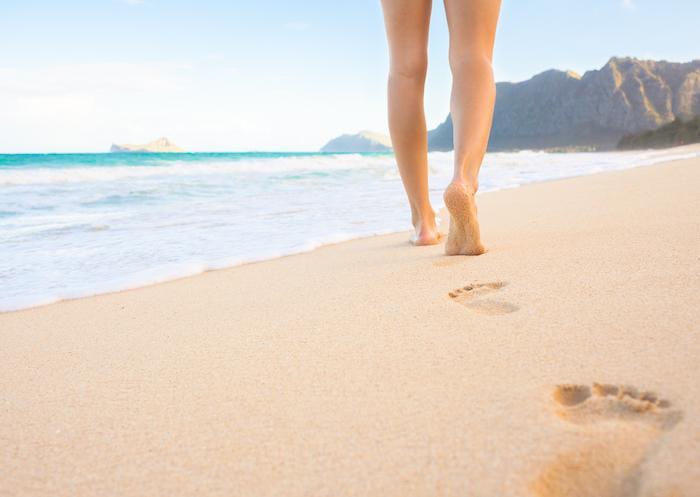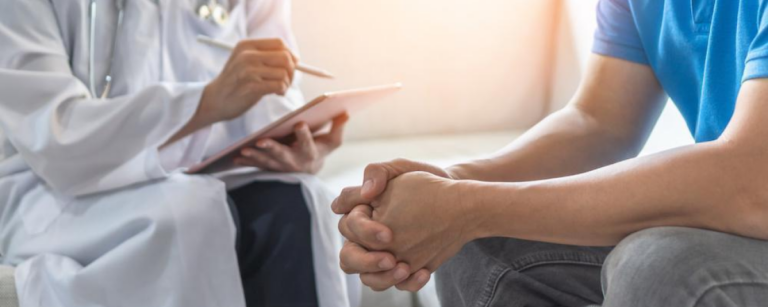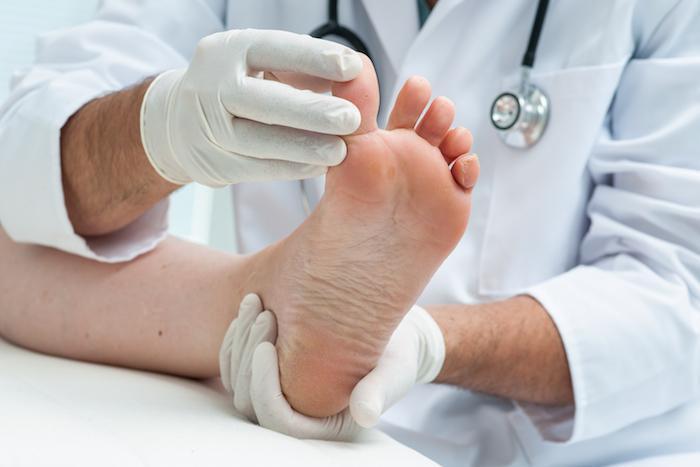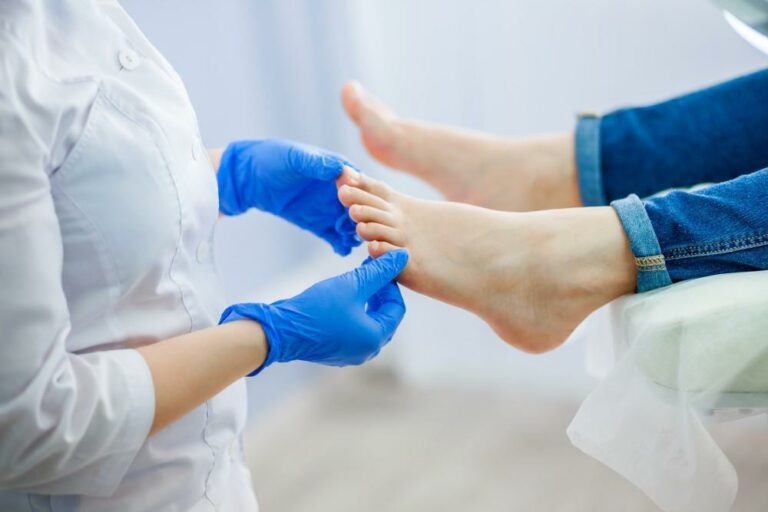Summertime is often a season filled with many activities, from swimming and boating to lounging by the pool. Unfortunately, it’s also a time of year when you’re more at risk of developing itchy, uncomfortable conditions, such as athlete’s foot.
Fortunately, you can take a few simple steps to keep your feet healthy and itch-free all summer long. However, if you do happen to catch a case of athlete’s foot, the treatments are often simple. In this blog, the doctors at Great Lakes Foot and Ankle Institute discuss what athlete’s foot is, how you can prevent it, and how it can be treated.
What is athlete’s foot?
Athlete’s foot is a form of fungus. Despite the name, you don’t have to be an athlete to get it. Athlete’s foot belongs to the same class of bacteria that causes jock itch. It’s mildly contagious and thrives in warm, wet places, such as locker rooms, towels, and shoes. You can get an infection if an infected person touches you or if you touch a contaminated surface.
An infection usually starts by causing itchy feet, with the itching being the most intense between your toes. Eventually, athlete’s foot can spread beyond just itching to ulcers and sores, especially between your toes. People who have diabetes or impaired immune systems are at a greater risk of developing an infection.
Preventing athlete’s foot
Keep your feet dry
Athlete’s foot thrives in warm, wet places. Athlete’s foot tends to spread easily on wet feet, so that’s why it’s important to keep your feet dry. Wear synthetic moisture-wicking socks along with shoes as much as possible, even in the summer. Cotton and wool socks aren’t recommended, because they’re more absorbent and can trap moisture against your skin.
If you’re at a pool or other wet or humid places, make sure to dry off your feet when possible. And when you get home, let your feet breathe and expose them to the air by going barefoot.
Wear flip-flops in wet places
Flip-flops aren’t generally recommended as regular footwear by podiatrists. Their lack of support and limited soles can make them an injury risk, and they don’t usually provide the arch support your feet need. There’s one exception, however: when you’re walking through places with a lot of water on the ground.
Flip-flops are a great choice for walking around pools and in locker rooms. These are the kind of places where you’re most likely to contract the fungus that causes athlete’s foot. Flip-flops can help keep your feet from coming into contact with the fungus.
Take common-sense precautions
Many of the easiest ways to prevent athlete’s foot are an issue of simple common sense. Don’t share towels with anyone, even if you forget yours. Similarly, don’t borrow anyone else’s shoes.
Wash and dry your feet thoroughly every day, including between your toes. And wear a fresh pair of socks every day, and let your shoes dry out if your feet are especially sweaty.
Treating athlete’s foot
Athlete’s foot can be tricky to get rid of, so it’s very important to treat it at the first signs of the condition.
At-home treatment
You can use over-the-counter antifungal creams and powders in addition to doing the above steps regarding keeping your feet clean and dry.
It can take several weeks to treat athlete’s foot. And during this time, it’s not uncommon for feet to start to peel. If this happens, it’s important not to scratch at the peeling parts, as this could spread the infection.
It’s best if you can wear sandals as much as possible while your feet recover from athlete’s foot. And if you’re at home, try to go barefoot. Even though athlete’s foot can sometimes be unattractive, it’s the best way to let your feet breathe.
Medical intervention
If your athlete’s foot doesn’t go away within a few weeks, you should seek professional help. At Great Lakes Foot and Ankle Institute, our doctors can provide prescription-strength creams and oral antifungal drugs for treatment. We can also provide anti-itch powders and sprays to help keep your feet comfortable.
To learn more about preventing athlete’s foot, or to get treatment, book an appointment online or over the phone with Great Lakes Foot and Ankle Institute today.







